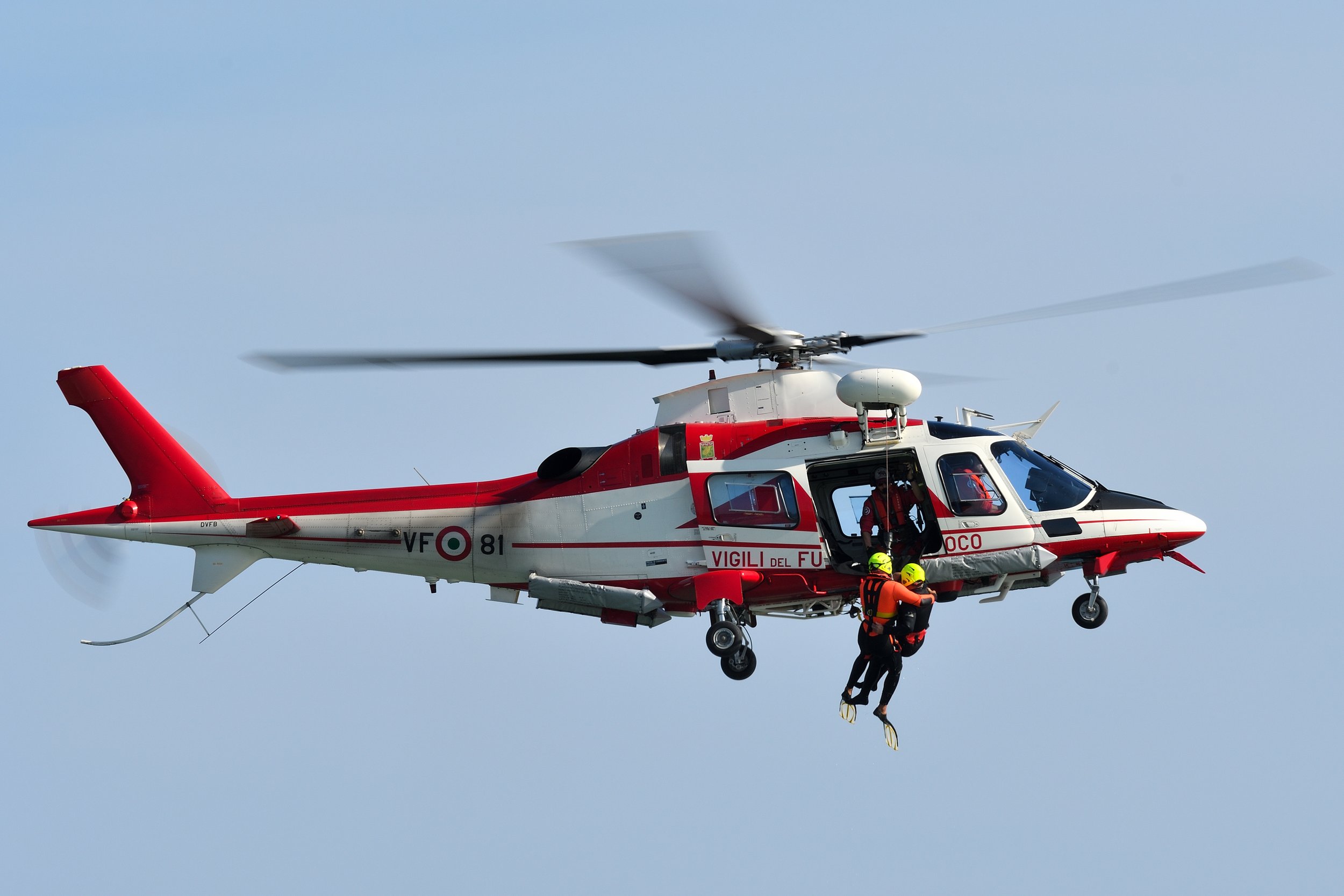Flying Bulls Bo-105
Country
Austria
Aircraft
BO105CB
Base
Salzburg Airport
Messerschmitt-Bölkow-Blohm Bo 105
The Messerschmitt-Bölkow-Blohm Bo 105 is a light, twin-engine, multi-purpose helicopter developed by Bölkow of Ottobrunn, West Germany. It was the first light twin-engine helicopter in the world and the first rotorcraft that could perform aerobatic manoeuvres such as inverted loops. The Bo 105 features a revolutionary hingeless rotor system, at that time a pioneering innovation in helicopters when it was introduced into service in 1970. Production of the Bo 105 began at the then-recently merged Messerschmitt-Bölkow-Blohm (MBB).
The main production facilities for producing the Bo 105 were located in Germany and Canada; due to the level of export sales encountered, additional manufacturing lines were set up in Spain, Indonesia, and the Philippines. MBB became a part of Eurocopter in 1991, who continued production of the type until 2001. The Bo 105 was formally replaced in Eurocopter's product range by the newer Eurocopter EC135.
The Bo 105 has a reputation for having high levels of manoeuvrability; certain variants have been designed for aerobatic manoeuvres and used for promotional purposes by operators, one such operator in this capacity being professional pilot Aaron Fitzgerald, flying for Red Bull. During the 1970s, the Bo 105 was known for having a great useful load capacity and higher cruise speed than the majority of its competitors. While not being considered a visually attractive helicopter by some pilots, the Bo 105 was known for possessing steady, responsive controls and a good flight attitude. Most models could perform steep dives, rolls, loops, turnovers, and various aerobatic manoeuvres; according to MBB the Bo 105 is cleared for up to 3.5 positive G force and one negative. One benefit of the Bo 105's handling and control style is superior takeoff performance, including significant resistance to catastrophic dynamic rollover; a combination of lightweight and the twin-engined configuration enables a rapid ascent in a performance takeoff.
Perhaps the most significant feature of the Bo 105 is its rotor blades and rotor head. The rotor system is entirely hingeless, the rotor head consisting of a solid titanium block to which the four blades are bolted; the flexibility of the rotor blades works to absorb movements typically requiring hinges in most helicopter rotor designs. The rotor blades are made from reinforced-plastic glass-fibre composite material; the flexibility of the main rotor allows for active elements other than rotor pitch changes to be removed, greatly simplifying maintenance and extending blade lifespan. The reliability of the advanced rotor system is such that, in over six million operating hours across the fleet, there was a total of zero failures. The rigid rotor blade design adopted on the Bo 105 has been partially responsible for the type's agility and responsiveness; it remained an uncommon feature on competing helicopters throughout the Bo 105's production life.
Military operators would commonly operate the type at a very low altitude to minimise visibility to enemies, the Bo 105 is well matched to such operations, as the helicopter's flight qualities effectively removed or greatly minimised several of the hazards such a flight profile could pose to pilots. When outfitted with optional auxiliary fuel tanks, a basic model Bo 105 had a flight endurance of roughly five hours under load. In the event of a single-engine failure, the Bo 105 could typically continue its flight, albeit with a reduction in cruise speed and range. Besides the two pilots, the cabin can be configured to accommodate up to three passengers on a single rear bench, which can be removed to make room for cargo or a stretcher, which can be loaded and unloaded via the large clamshell doors located at the rear of the fuselage. In a maritime context, the BO 105 can be equipped with auxiliary fuel tanks, emergency flotation equipment, an inflatable life raft, folding rotor blades and high skid landing gear.
| Back to Top |
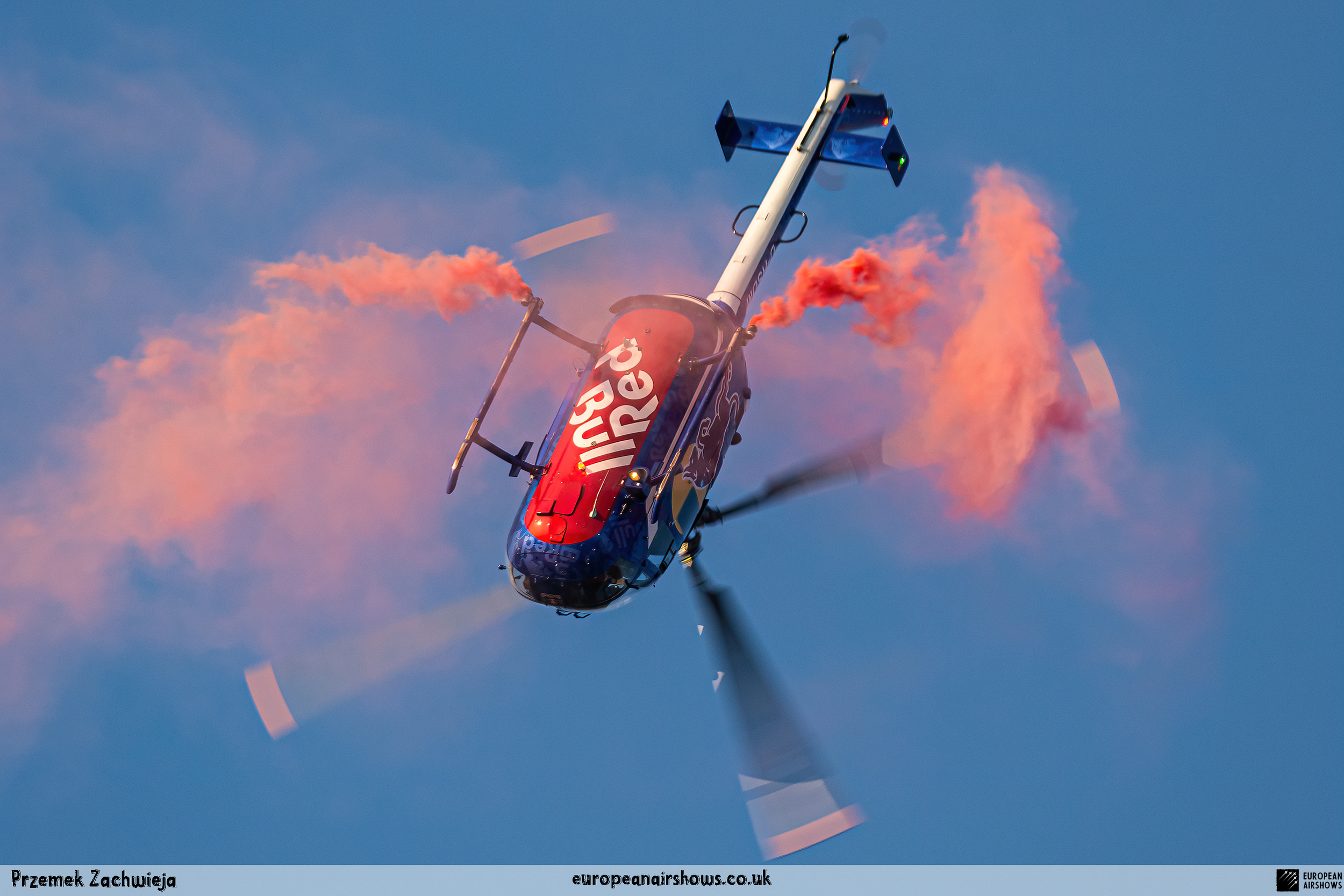
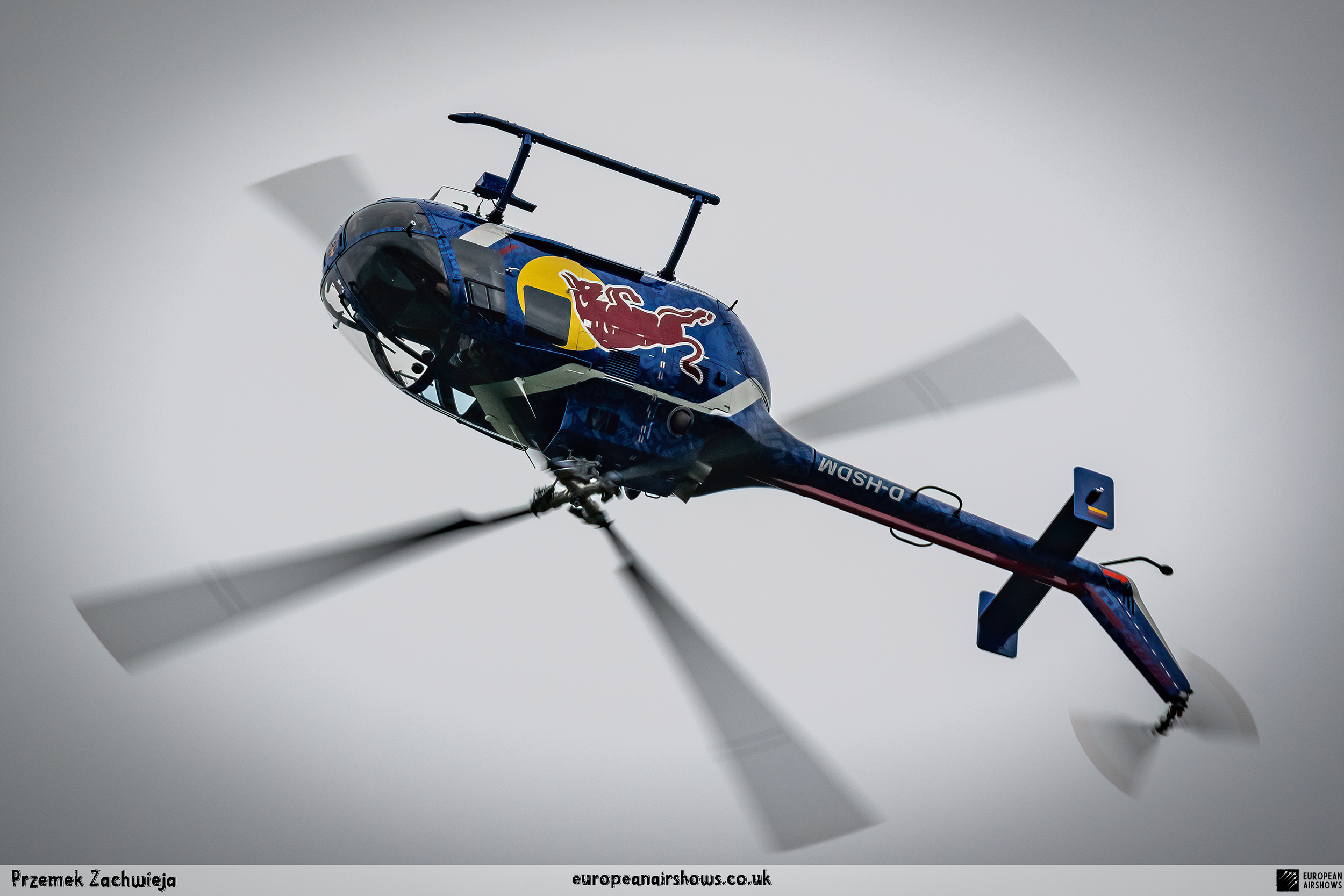
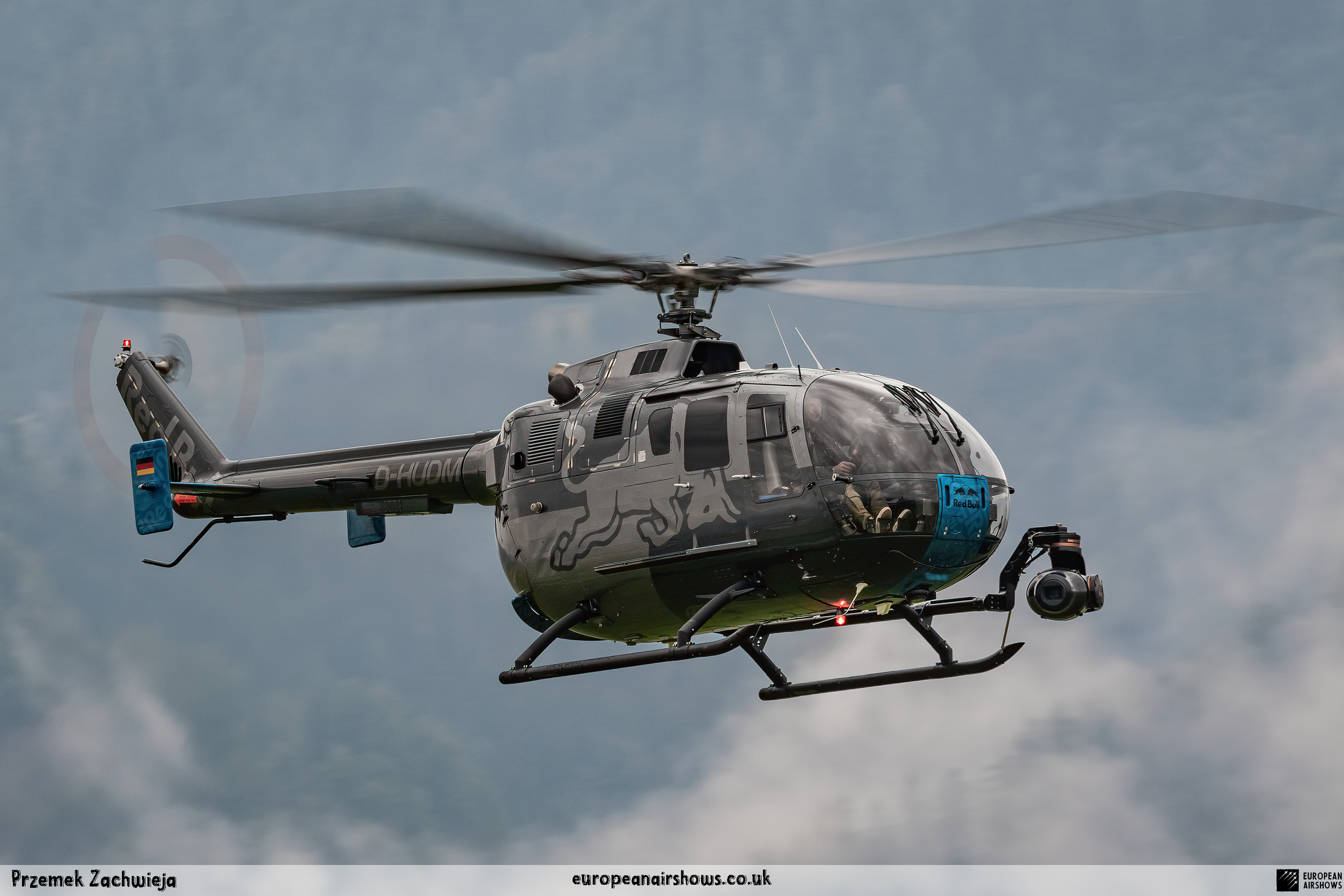
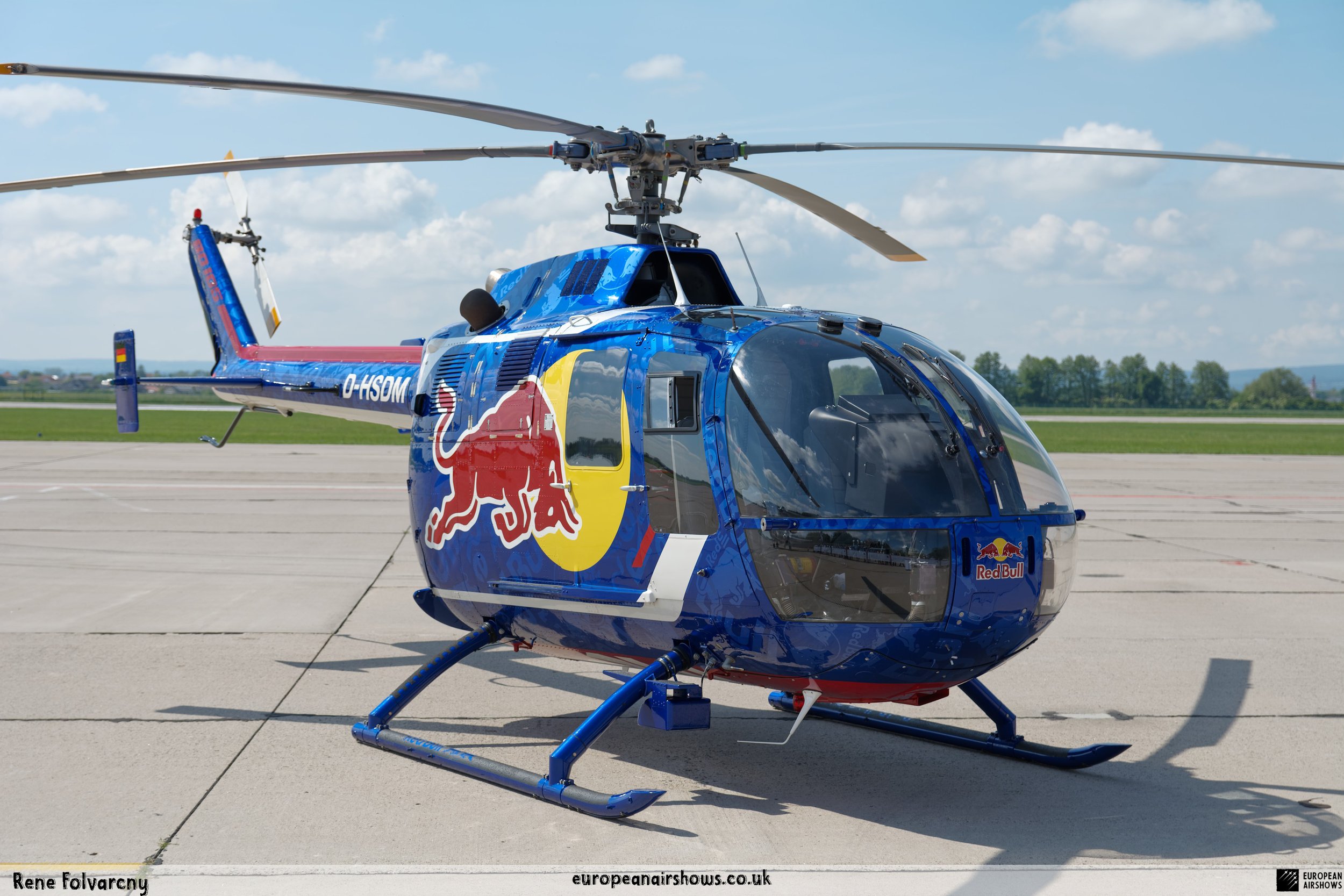
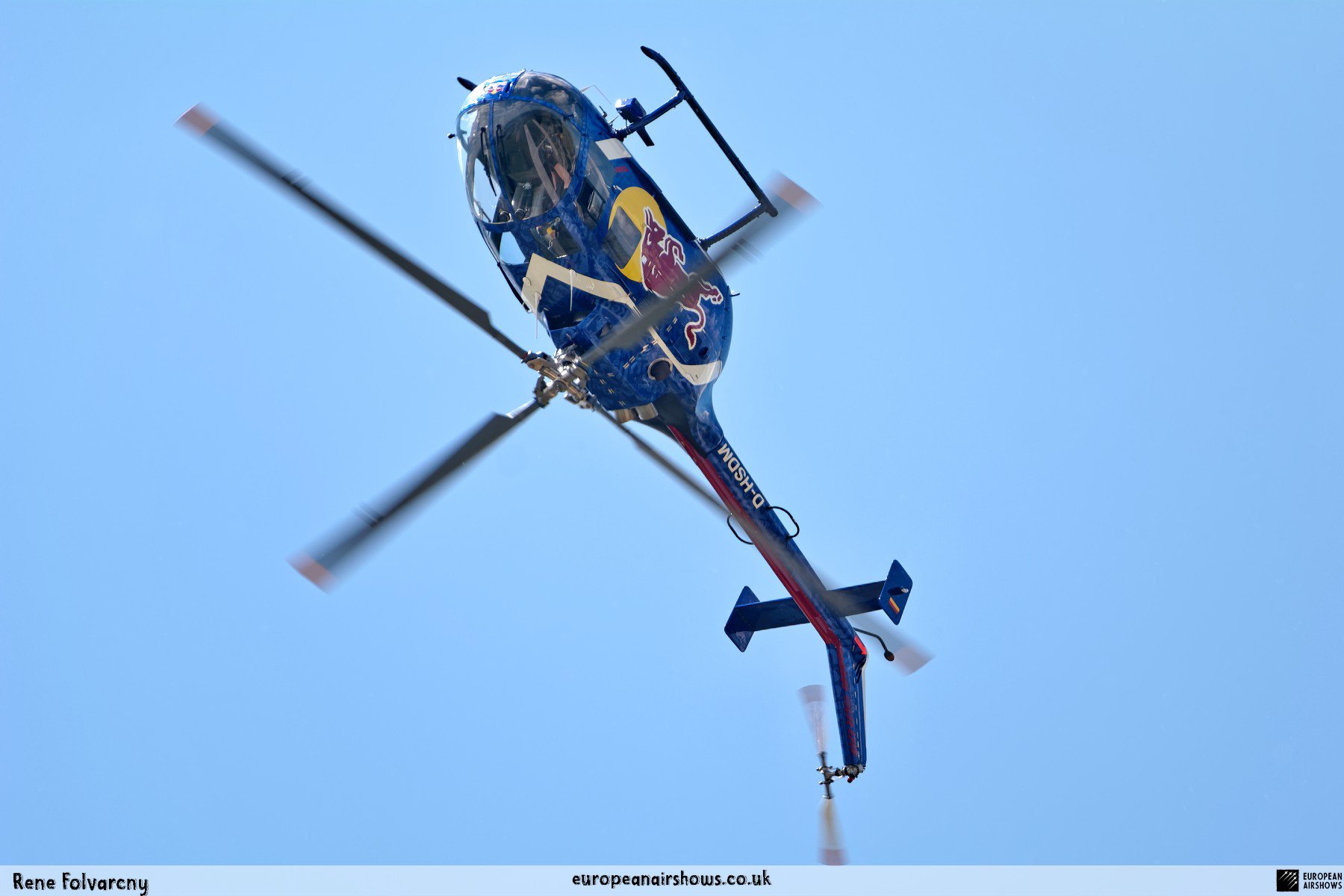
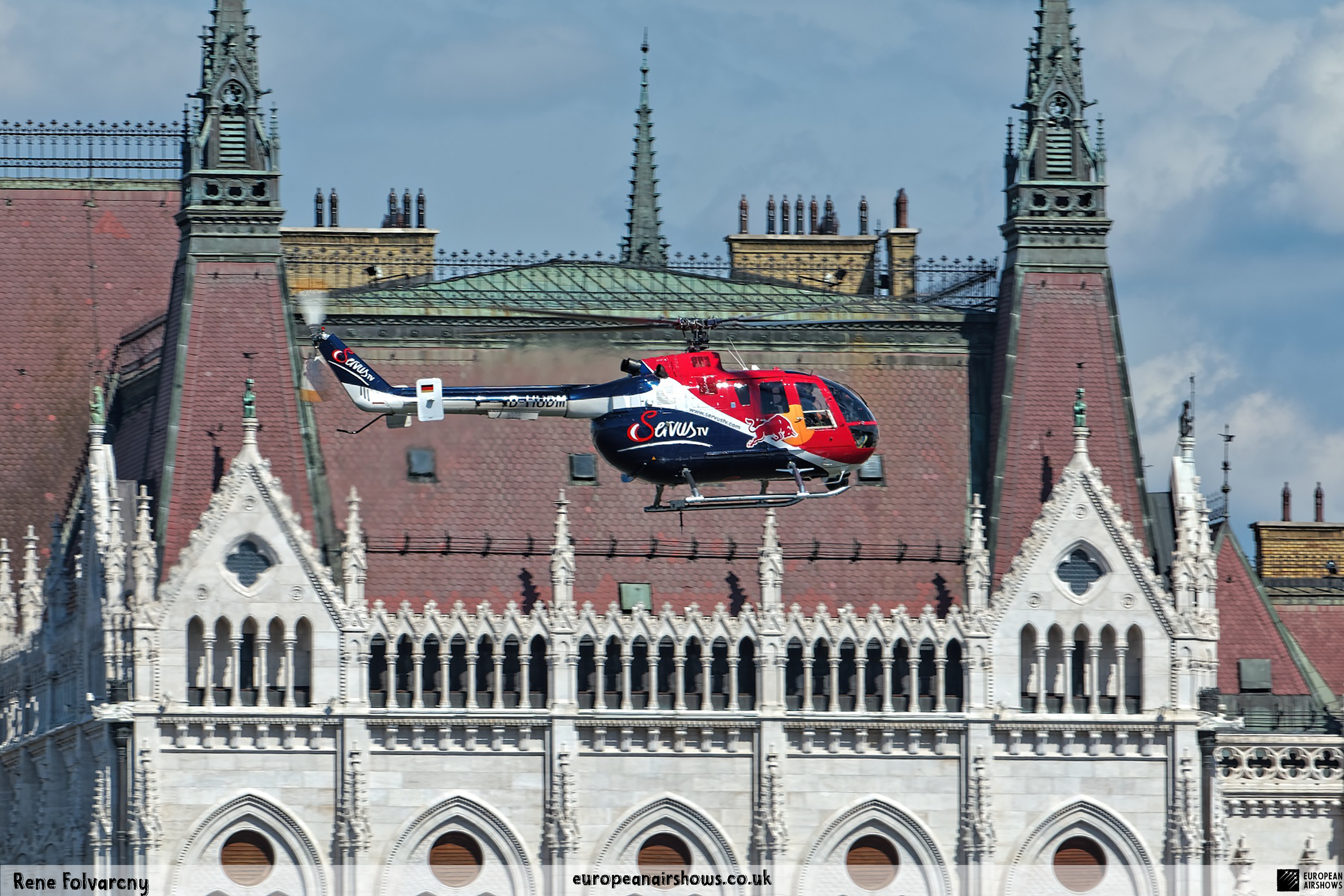
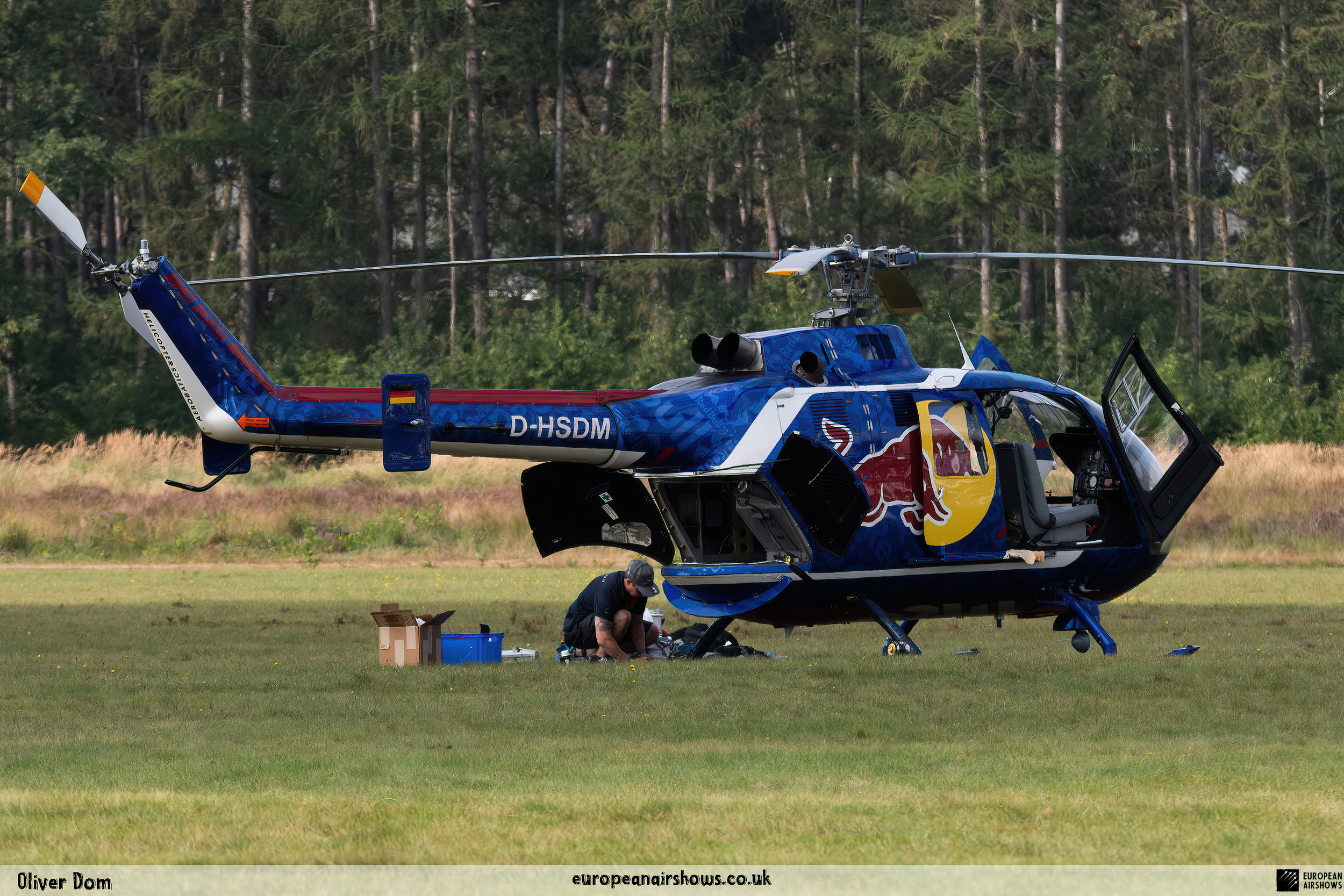
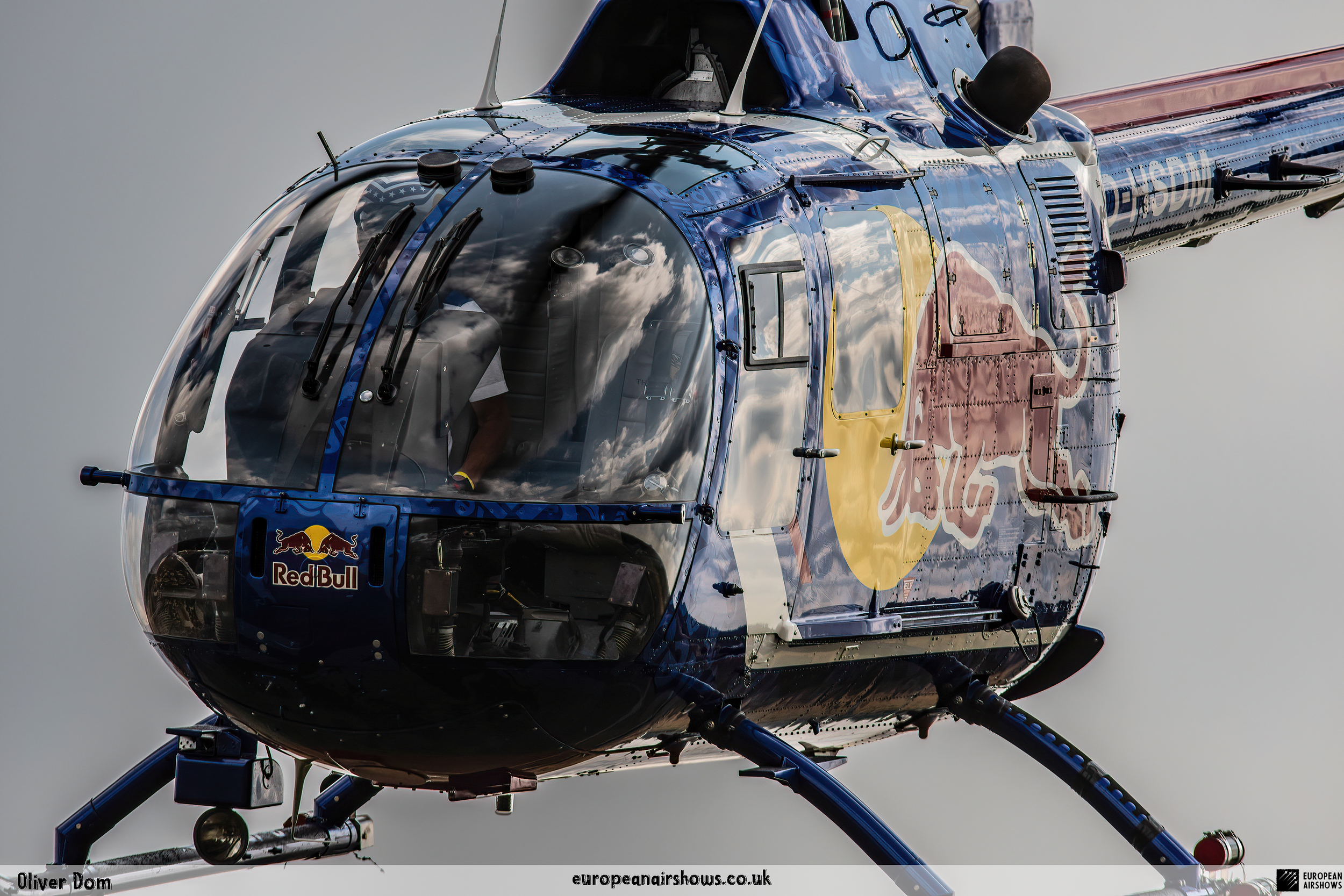


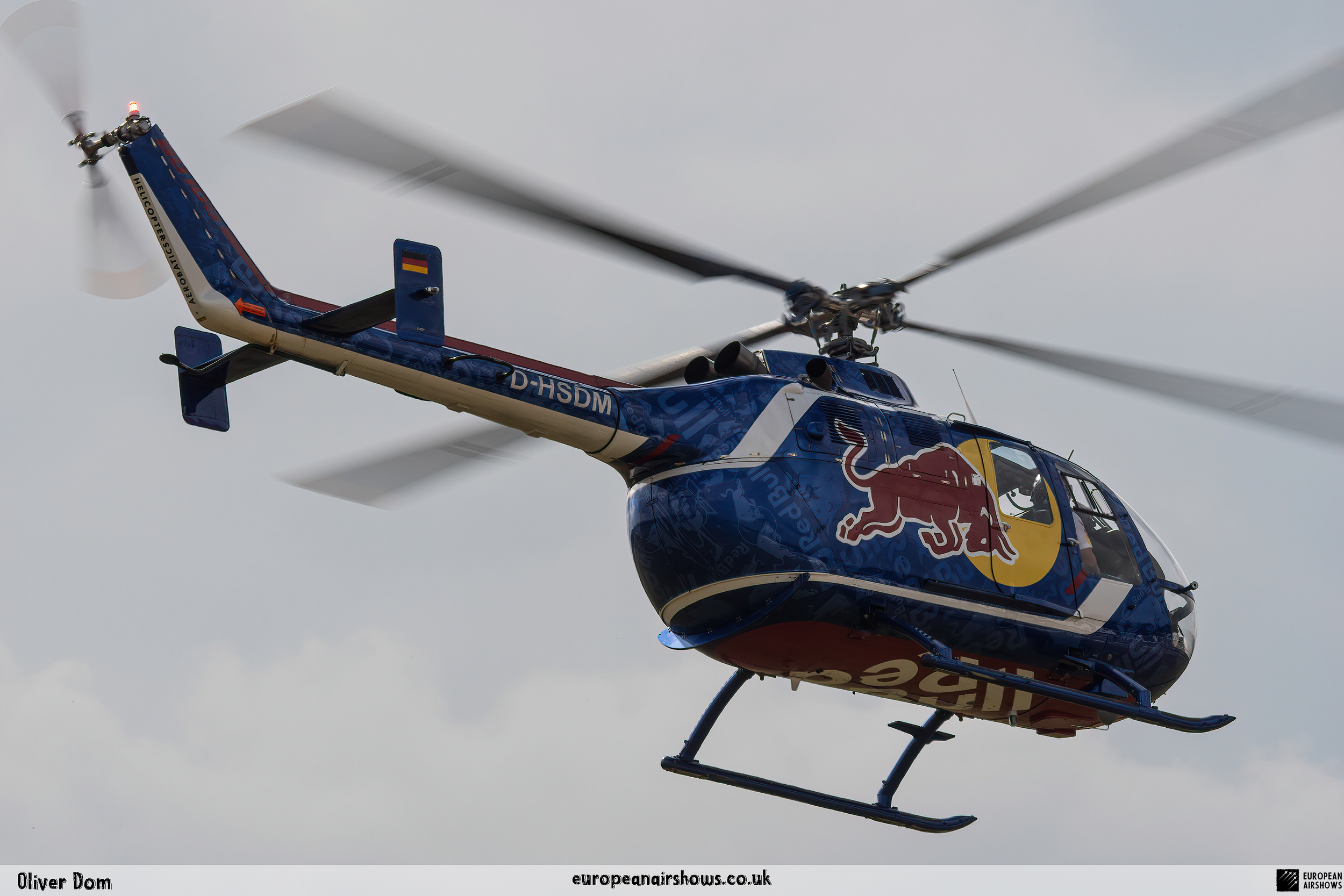
| Back to Top |




























